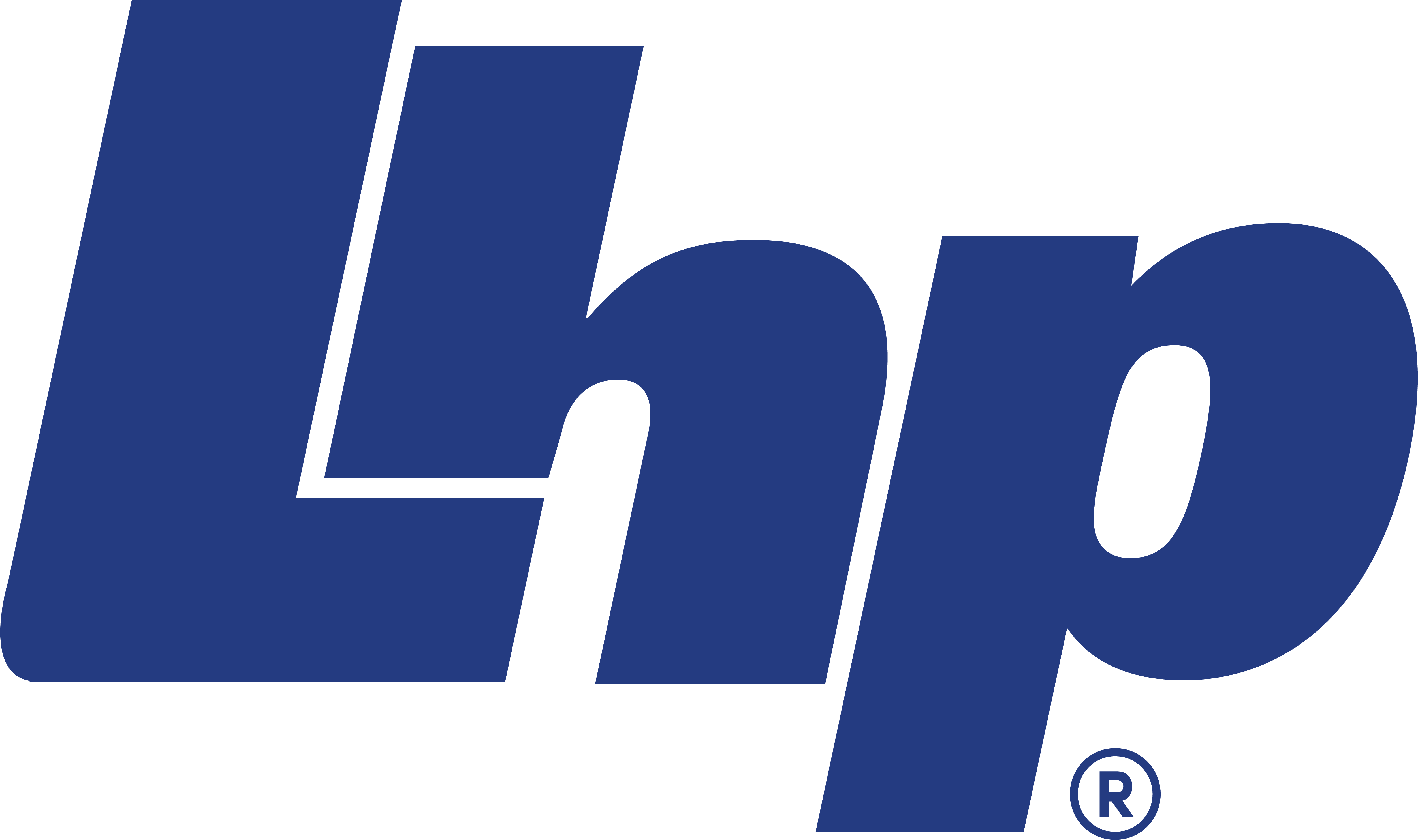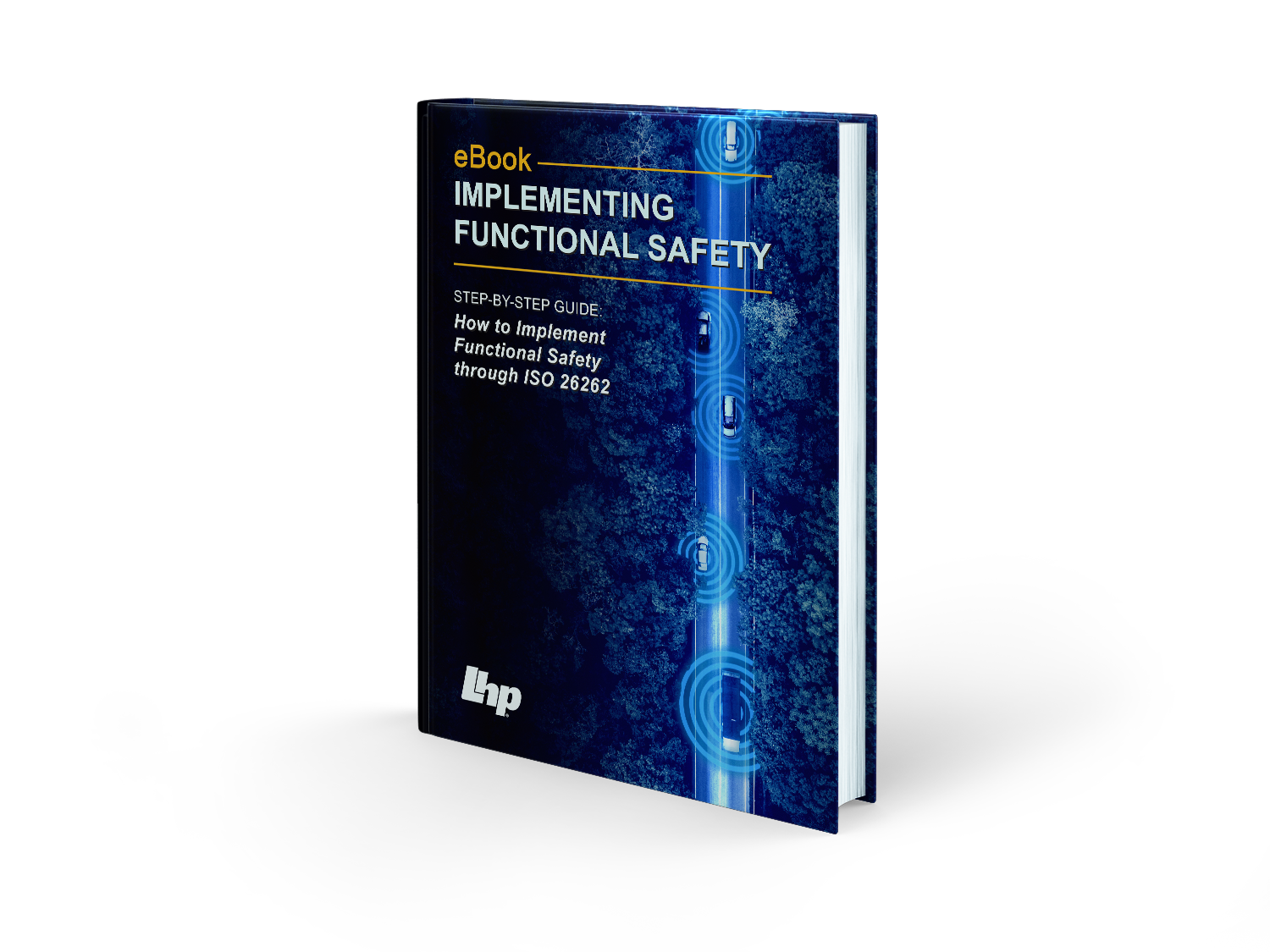Guiding Clients in the Development of
Safe Software-Defined Vehicles
Expertise includes ISO 26262/Functional Safety, Analytics & IoT, Application Lifecycle Management (ALM), ASPICE, AUTOSAR, Embedded Software, ISO 21434/Cybersecurity, SOTIF, and Model-Based Design. Get started today!
Get Started Today!
Stay Up to Date With the Latest Transportation Standards
Your Trusted Consulting Partner
The transportation industry is rapidly moving toward software-defined vehicles, and these increasingly complex frameworks require careful regulation to keep the public safe. Many safety and quality standards have been developed to provide benchmarks for building safer software-defined vehicles, and many are still in development.
LHP is your trusted consulting partner for ISO 26262/Functional Safety, Analytics & IoT, Application Lifecycle Management (ALM), ASPICE, AUTOSAR, Embedded Software, ISO 21434/Cybersecurity, SOTIF, and Model-Based Design.
Industries We Serve


Aerospace

Rail

Industrial
Analytics and IoT
Our Data Analytics expertise has earned us a reputation as the go-to team for designing, deploying, and supporting agnostic solutions, providing clients the insights to make better decisions based on actionable intelligence.
We offer robust data and technology innovation to optimize consumer and commercial strategies while considering functional safety.
Application Lifecycle Management (ALM)
When implemented correctly, application lifecycle management (ALM) helps automotive OEMs and Suppliers ensure product safety, organizational compliance, and industry competitiveness. ALM allows organizations to prove engineering teams are adhering to these automotive safety standards while reducing meetings, reworking engineering processes, and streamlining standardization.
Learn how LHP helped an OEM streamline process workflow and program visibility with application lifecycle management.
ASPICE
LHP’s Team of functional safety experts have decades of experience in process management, assessment, and requirements gathering that is designed to help lead your team through value-added approaches for process assessments and system improvements.
Our approach of an ASPICE assessment and gap analysis, recommended action plan, and full implementation allows your organization peace of mind knowing that LHP will guide you through every step of the process.
AUTOSAR
Functional safety was a major catalyst in driving the need. Its nature drives safety, which drives redundancy, which drives complexity and cost. To realign this cost paradigm shift, AUTOSAR is critical to minimize the impact and counter that increase.
LHP’s Ecosystem addresses the needs of functional safety and AUTOSAR to provide a solution that meets both standards, seamlessly and simultaneously.
ISO 21434 Automotive Cybersecurity
Modern electric vehicles (EVs) are mechatronic machines that combine electric propulsion, electronic control, mechanical actuators, and extensive sensor packages, to create a vehicle that is more intelligent, more efficient, and safer than traditional fossil fuel vehicles. And as they evolve, they are laying the foundations for true autonomous operation. The lifeblood of these systems is the trustworthy communication of data between the driver and the vehicle, the vehicle, and its environment, and the transfer of data among the different systems of the vehicle itself.
The security challenges presented by autonomous and connected vehicles offer a wide array of learning opportunities. Cybersecurity is and will remain, a constant presence in the automotive realm that will only increase in importance over time. It is paramount for the organization to achieve a level of maturity capable of providing security guidance for the whole organization, from development to production.
ISO 21448 SOTIF
SOTIF is a key component in automated driving, but it is only one element of many. To gain a better sense of SOTIF’s scope and purpose within the overall context of functional safety, let’s begin by examining how SOTIF meshes with the rest of the automated vehicle domain. This will first provide us with context as we define what SOTIF is, and then we will begin to drill down into SOTIF’s various elements and considerations.
SOTIF is a key component in automated driving, but it is only one element of many. To gain a better sense of SOTIF’s scope and purpose within the overall context of functional safety, let’s begin by examining how SOTIF meshes with the rest of the automated vehicle domain. This will first provide us with context as we define what SOTIF is, and then we will begin to drill down into SOTIF’s various elements and considerations.
ISO 26262 Functional Safety
The industry is already full of vehicles with advanced technology and capabilities and will only increase with the fast-paced growth and consumer interest in autonomous vehicles (AVs) and electric vehicles (EVs). In order to guarantee product functional safety, organizations have to be proactive in complying to functional safety standards such as ISO 26262, rather than reactive.
What better way to achieve product functional safety than with a functional safety consulting firm specializing in functional safety implementation in embedded systems. Organizations are most concerned with the chance of malfunctions in electrical and electronic that could result in human fatalities, significant warranty costs, and/or product recalls.
At LHP Engineering Solutions, we have noticed some themes around functional safety, specifically within the industry. Such themes reflect the important aspects that organizations should consider before risking financial loss by trying to blindly comply with functional safety ISO 26262.
LHP is the transportation industry’s path to compliance.
LHP has standardized the steps towards ISO 26262 compliance. By applying a controlled recipe that addresses business and technical needs, organizations can leverage the most important features of ISO 26262 at the right time.
We’ll guide you through the following steps to get your organization ISO 26262 compliant:
- Pinpoint gaps in your safety compliance standards
- Get your team up to speed with ISO 26262 certification courses
- Design your software and hardware to meet safety-critical standards
- Standardize your process to ensure workflow efficiency
- Gain independent and external validation
- Manage and streamline your documentation requirements
- Organizational Data Integration
As your partner, we’ll provide a step-by-step guide on how to implement the necessary changes and assist you in the documentation process (eliminating hours of redundant labor).
We’ll work with your team to implement an ISO 26262 compliant workflow relevant to your product. This includes ensuring proper functional safety management is in place, defining relevant development activities, and installing supporting processes as required by ISO 26262.
Answers to Your Functional Safety Challenges
LHP has helped over 20 OEMs understand and implement automotive functional safety standards and regulations. With a clear understanding of your business and your needs, we can create custom tools to assist with the compliance and verification process.
We’ll work with you to streamline your management structure to maximize the value of your organization, identify the necessary safety requirements, and create a system for verification and validation.
Training Your Team on the Latest Standards
We are partnered with one of the largest certification agencies in the world, TÜV NORD. The experienced professionals at this internationally recognized and certified organization have many years of practical know-how in functional safety and the relevant standards associated.
LHP and TÜV-NORD have partnered to offer training and certification under TÜV NORD`s market-leading “Functional Safety Certified Automotive Engineer” (FSCAE) program to help you.
Model-Based Design
Today’s transportation market requires embedded systems that are customizable, scalable, and easily maintainable. The model-based design approach allows for robust validation and verification across multiple environments and faster code generation to keep up with the increasing demands of the autonomous vehicle. Embedded developers need to design faster and test earlier to create products with greater performance and faster time to market.
Validate and verify your embedded systems with LHP’s 4-part approach to model-based design.















